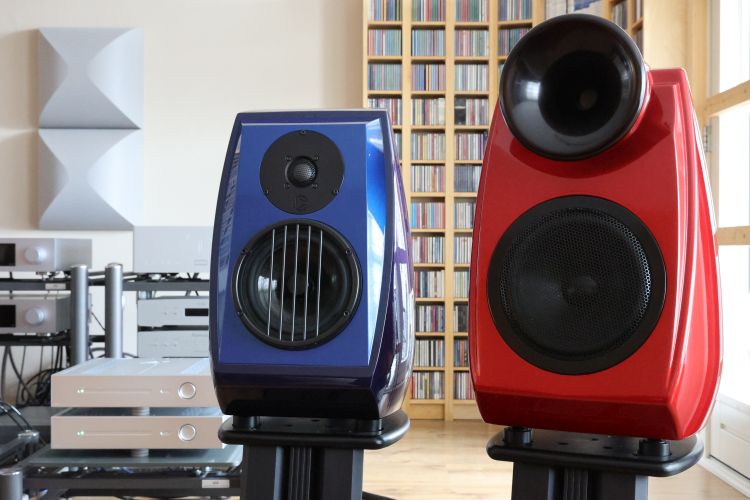
Listening – AM23
At 35 kg, the AM23s are even heavier than the Aletheias but not so much so that they can no longer be carried by a single individual. And once they are positioned on top of the matching stands, the large floor discs make that they can be moved around on laminate (vinyl planking) floors quite easily.
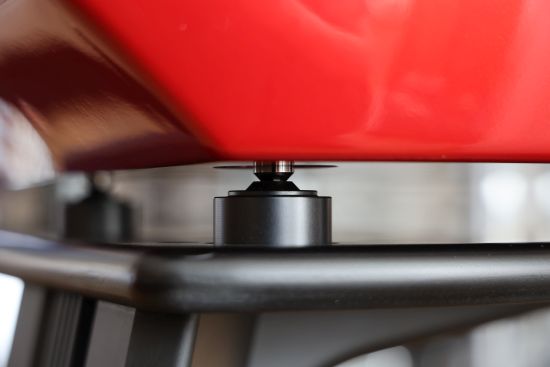
One might assume the AM23s’ main treat would be their horn and that is indeed the case but with a surprising twist. Not only does the AM23 with its Titanium compression driver have the least-colored midrange that I ever heard from a horn speaker, but it is also beautifully integrated with the bass and the rest of the sonic spectrum.
Surprisingly, the AM23s sounds even more linear and in that respect is actually very close to the Magicos. When listening without comparing, it is impossible to tell right off the bat that you are listening to a horn speaker. I tried this with many visitors with the Aletheias and AM23s set up side by side and no one was able to tell which of the speakers were playing until I switched between them. The real beauty of this horn implementation is that it offers horn-typical advantages such as higher sensitivity, truly excellent precision and resolution, and a higher degree of intimacy, but without sounding shouty, nasal, or otherwise typically horn-like. Only when you switch back and forth between the AM23s and Aleitheias you do hear characteristics that give away when you’re listening to a horn design, such as the heightened degree of intimacy that is not unlike what SET amplifiers do so well.
The horn’s success story continues with the treble which is produced by the same Titanium driver up to 18kHz where it tapers off and crosses over to the Berrylium tweeter mounted on top. I found it quite flabbergasting to note that the AM23s sounded significantly more fluid, nuanced, refined, and airy than the Aleitheias. And in addition, they also sound more highly resolving, more hi-res, but much in a “Retina” manner, disappearing the mere notion of resolution by making the sound appear seamless and continuous with zero hard edges. This horn design is truly something unique.
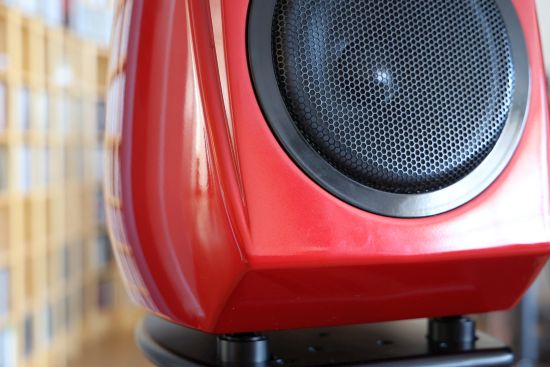
Another typical benefit of a horn is an increase in efficiency of 2dB in this case, and this correlates perfectly with my volume settings when changing between the AM23 and the Aletheia. This is not only good news for less powerful amplifiers but it also means the driver is more efficient at focusing the upper midrange and treble energy which results in a lower loss over longer distances and finally culminates in that special feeling of intimacy.
Like the Aletheias, the AM23s offer a very realistic textural rendition with spot-on natural timbres. They have a similarly solid and well-rooted performance but in this case, the soundstage behaves differently. Like the Aletheias, the AM23’s image less deeply than some other designs, but in turn, their soundstage is wider than that of the Aletheias and the speakers also sound physically larger, while painting on a grander canvas. In addition, the AM23s create a more enveloping 3D bubble by projecting the sonic image much more freely toward the listener. This is not just a static forward imaging, rather, it is a living-and-breathing representation of what’s captured in the recordings and this makes for a more intimate performance that conveys more realism and “being there” than with the Aletheias or indeed the Magicos. Now go figure that the AM23s still cost significantly less than a pair of S1 MkIIs. It’s nice to have options, isn’t it?
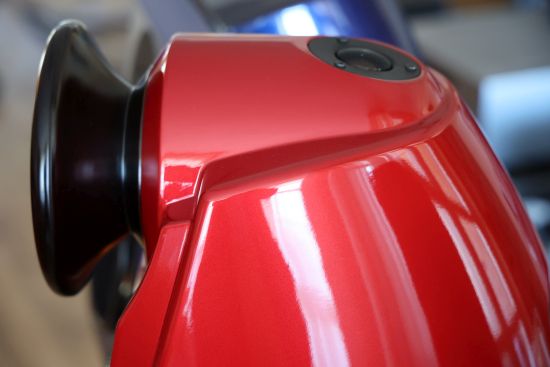
With their larger woofer, the AM23s go even deeper than the Aletheias while also sounding slightly fuller and slightly rounder, and they seem bottomless in terms of power. The speakers sound fully “on” and expressive at low volumes and they don’t need to play loud to communicate but they sure can!
One downside of the AM23’s horn, or any horn, for that matter, is that the sound is more directional than with typical dome drivers. To obtain the same sharpness of focus and to avoid the treble rolling off, the AM23s need to be toe’d in much more than most other speakers. While the Aletheias did sound ideal when in the same positions as the Magicos, the AM23s should instead be pointing to my shoulders or even directly to my ears and they may be positioned more widely if desired. Interestingly, they still sound highly spacious when set up that way. A side-effect of their beaminess is that they really only sound 100% optimal when sitting in the sweet spot. It’s not like with some flat dipoles where the imaging collapses entirely or the treble becomes very noticeably dark, but you do lose some sparkle and some upper midrange expression when listening off to the sides.
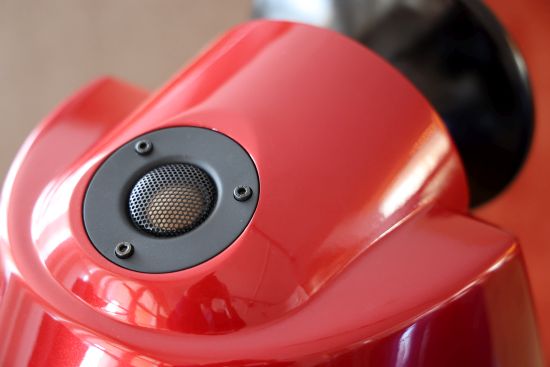
Part of the reason why the AM23’s still sound airy when listening to them standing up is the proprietary-made Berrylium tweeter on top! It crosses over at 18kHz to project the uppermost treble toward the ceiling. When standing beside the speaker you indeed can hear the tweeter produce super-airy and refined whispers but since it is angled ever so slightly to the rear I wondered how you would ever hear the influence in the listening position. With the help of my two assistants Bart and Jessyca, we arranged a coordinated listening test with the tweeters radiating freely versus the tweeters covered. I have to say the difference was very small, so small in fact that at first, I could not tell the difference at all. That is until I started listening for other effects than treble openness and I noticed that the ambiance in the soundstage did indeed feel more illuminated when the tweeters on top were radiating freely. It’s a rather innocuous effect but once it’s heard, listening to the speakers with the tweeters covered sounds less magical. Jessyca’s younger ears heard it exactly the same way while noticing zero downsides meaning there should be no fears of the tweeters “secretly” outputting crazy ultrasonic signals that I simply can no longer hear.
Like the Aletheia, the AM23 sounds very coherent with inaudible crossovers between the drivers. I also listened carefully for a transition at the uppermost frequencies where the Berrylium tweeter on top takes over but if there was any roll-off, I could not hear it. However, in comparing with the Aleitheias and the Magicos, you can hear a subtle difference in expression between the bass and treble units. The two drivers use different techniques, and this can be heard. While the bass is well-integrated and truly really great, it does not have the “close-up”, direct, and intimate character that the horn driver has. Naturally, this is only to be expected and it is why full-range horn speakers exist. But not everyone likes the prospect of having a multiple-cubic-meter bass horn in their living room…
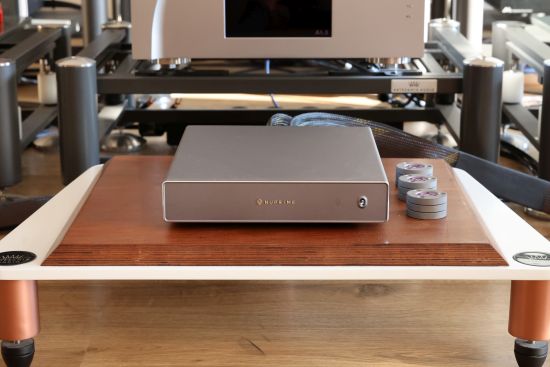
Amplifiers
Lastly, I’d like to comment on how easy both of these speakers are to drive. As can be expected, the CH A1.5 drives them splendidly, but so does the NuPrime AMG-STA (pictured above), as well as the Accuphase E-280.
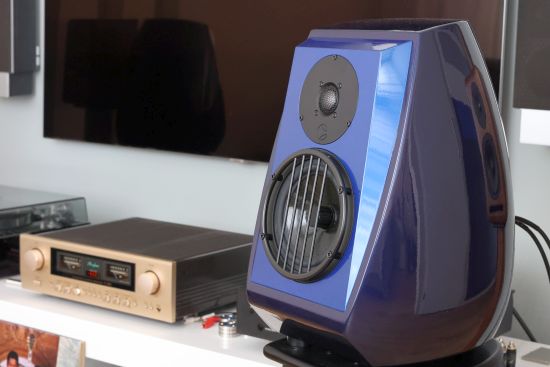
I also tried the Aletheias in the secondary room where they sounded fantastic and I was able to play as loudly as I liked without the speakers or the amp ever flinching. I watched the Accuphase’s power meters move past the mid-way point but I could not get the needles to move much beyond two-thirds as the sound was simply getting too loud for me.
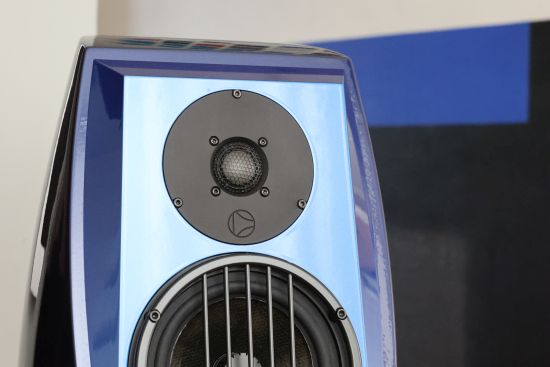
But even at these levels, there was no compression whatsoever, and I’m sure both the speakers and amp would have gladly moved further if I wanted them to. Clearly, the E-280’s 90 Watts are plenty for the Aletheia.
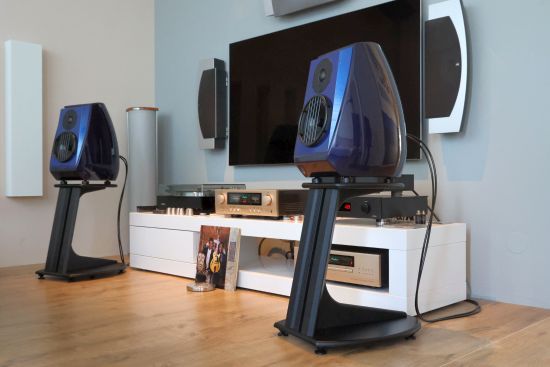
With the matter of power addressed, what matters most is the quality of the amplifier. Both the Aletheias and the AM23s are very revealing, and given the rather large discrepancy between the A1.5 and the AMG-STA, this should not be underestimated. By the way, the E-280 did wonderfully well, sounding beautifully refined and highly resolving while never hard or edgy, not even when being pushed.
Conclusion
The Company Tagline is “Power, Purity, Precision”, and if you ask me, that is precisely on the nose. Both Seawave Acoustic speakers convinced me from the very first instant I listened to them. They have a purity, transparency, and natural uncolored neutrality that is rare among cabinet loudspeakers, combined with a fabulously deep, well-controlled, and very powerful bass. In all these aspects, they perform much like the Magico S1 MkIIs. Where they deviate, they do so in an interesting manner. The Aletheias by sounding even more robust, impactful, and expressive, and the AM23s by sounding more emotional, up-close, and intimate, and more like “being there” and listening to “live” music.
Designer Bo San beautifully summarizes the importance of neutrality as follows. “As human beings, we can only achieve enlightenment by overcoming the hurdles of self-centered isolation. Musical devices are much the same: the more we remove their unwanted eccentricities from the equation, the more they convey the true beauty of music.”
Now consider that the Aletheias and AM23s cost respectively about half, and significantly less, than a pair of S1 MkIIs. It’s nice to have options, isn’t it?
Needless to say, both models are highly recommended.

External Links
Distributor for the Netherlands, Belgium, and Luxembourg: Ohm Audio
Manufacturer: seawaveacoustic.com
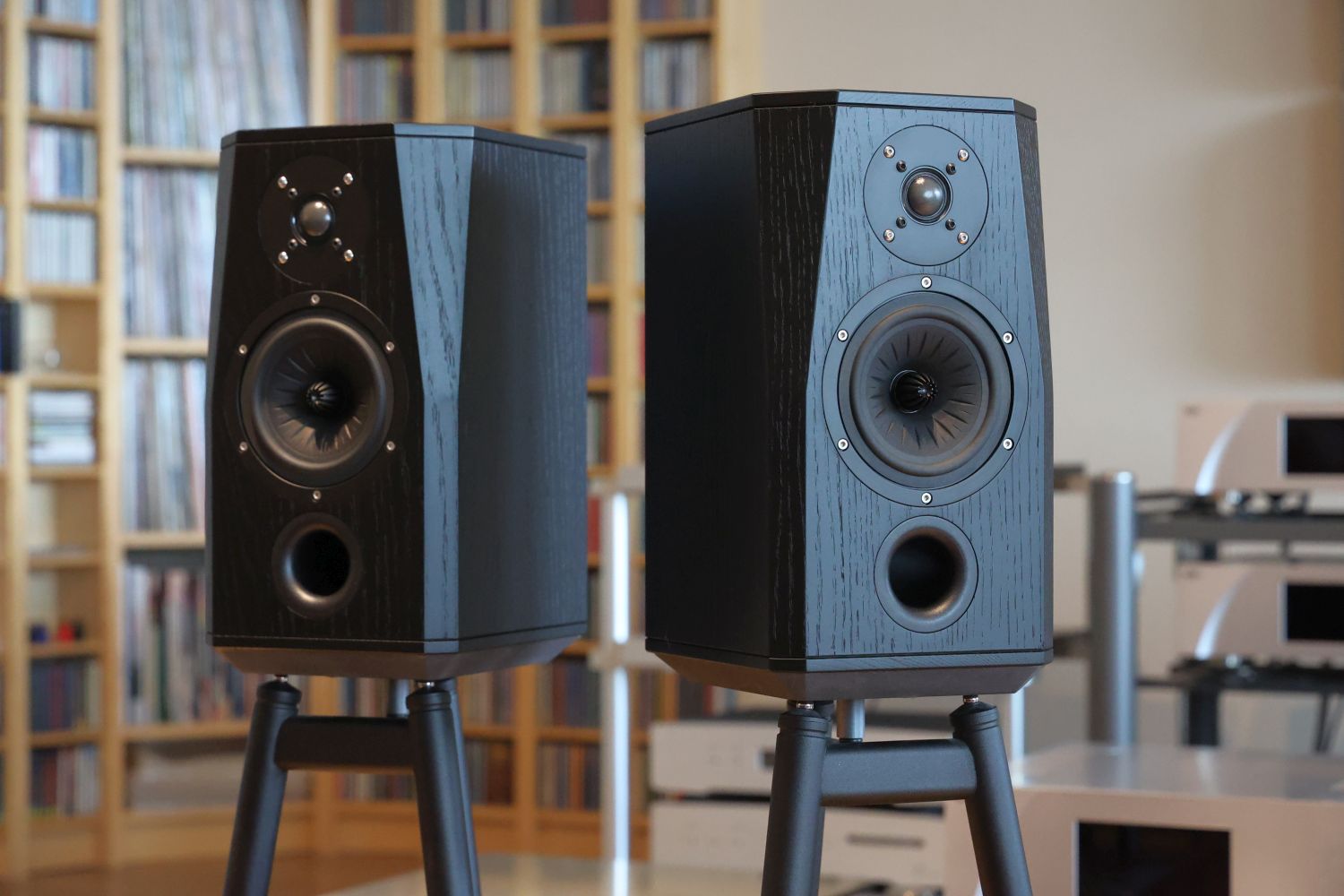
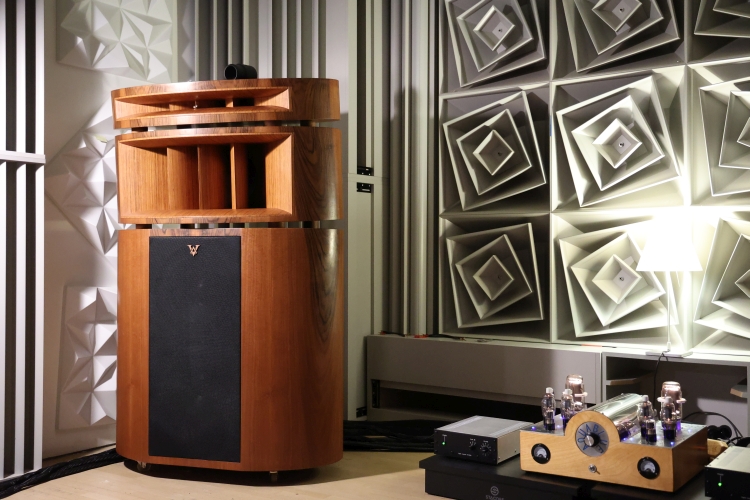
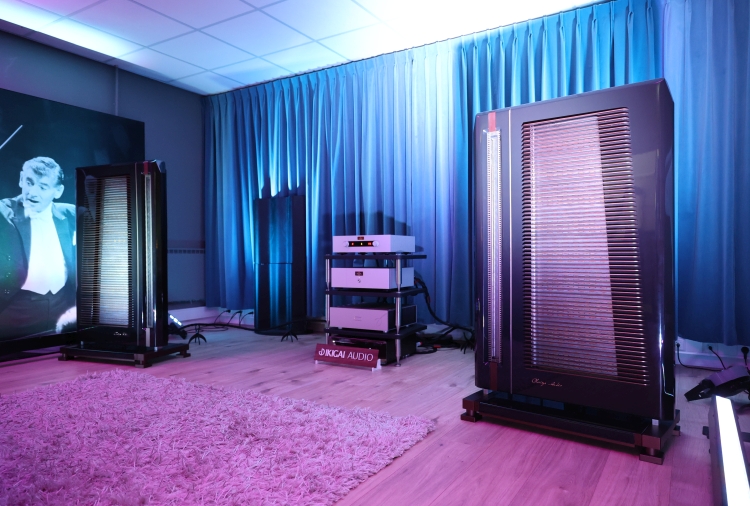
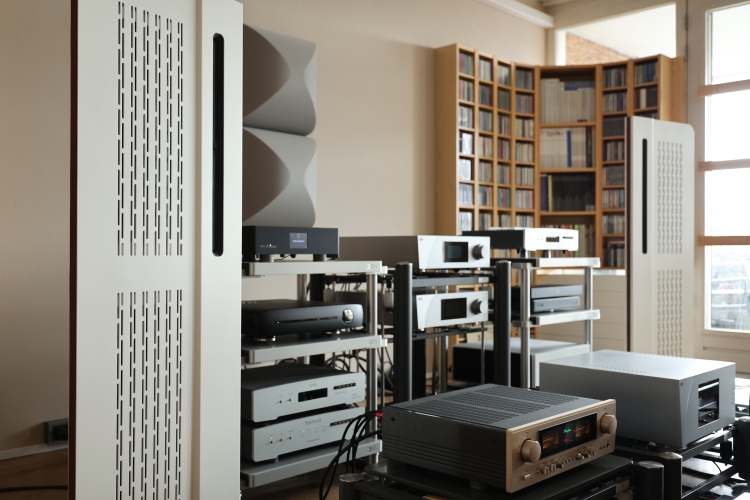
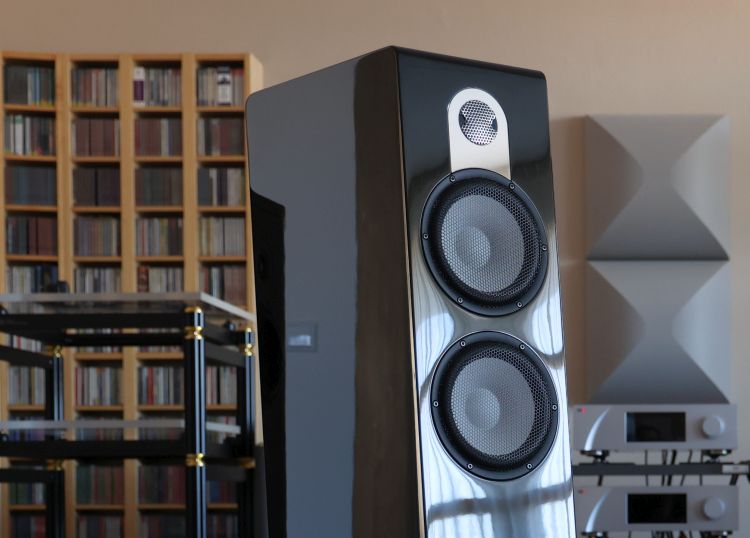
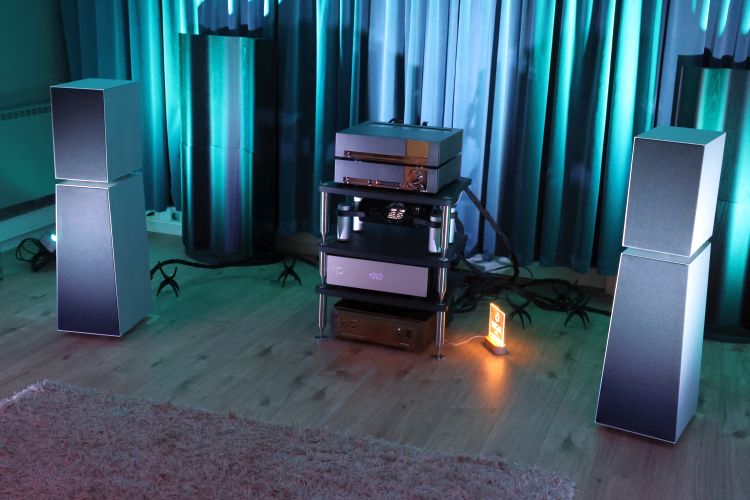
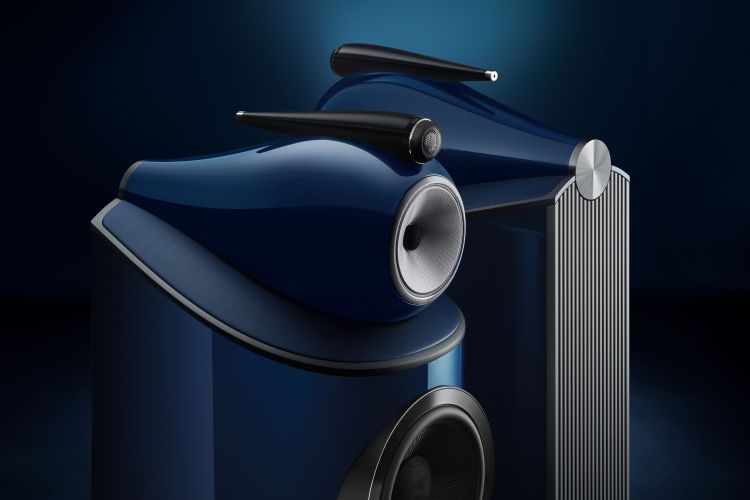
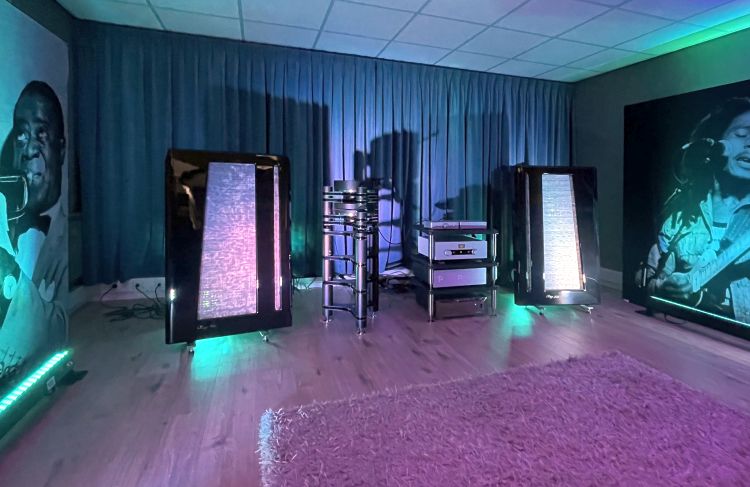
Sorry to disturb here… in this topic.
Just to inform you that the “contact page” does it NOT work.
Delete this post if… thank you again.
Thanks for the review. It would be great if you could actually write down the price of these speakers instead of „being cryptic“ and saying something about half the cost of the small Magico’s… I for example don’t know how much these Magico’s currently cost (IMO Magico’s are way overpriced for their sound quality anyway, but that’s another story). Thank you and sincerely
I was not intentionally being cryptic, just assumed people more or less know Magico prices, and sometimes I think it reads better to use descriptive or comparative words instead of raw numbers. In any case, the S1 MkII was 24.000 euros at introduction 7 or so years ago and it now costs 30.000 euros.
Thanks, Christian